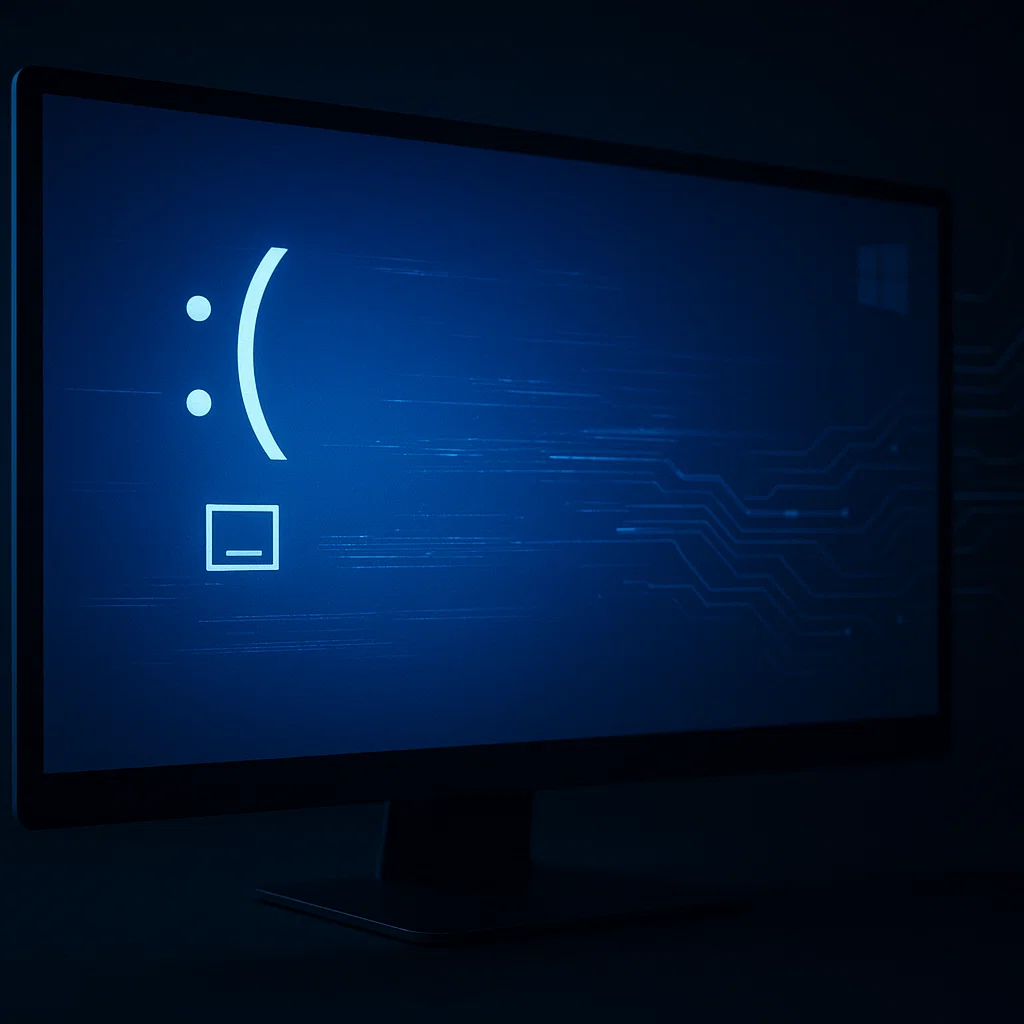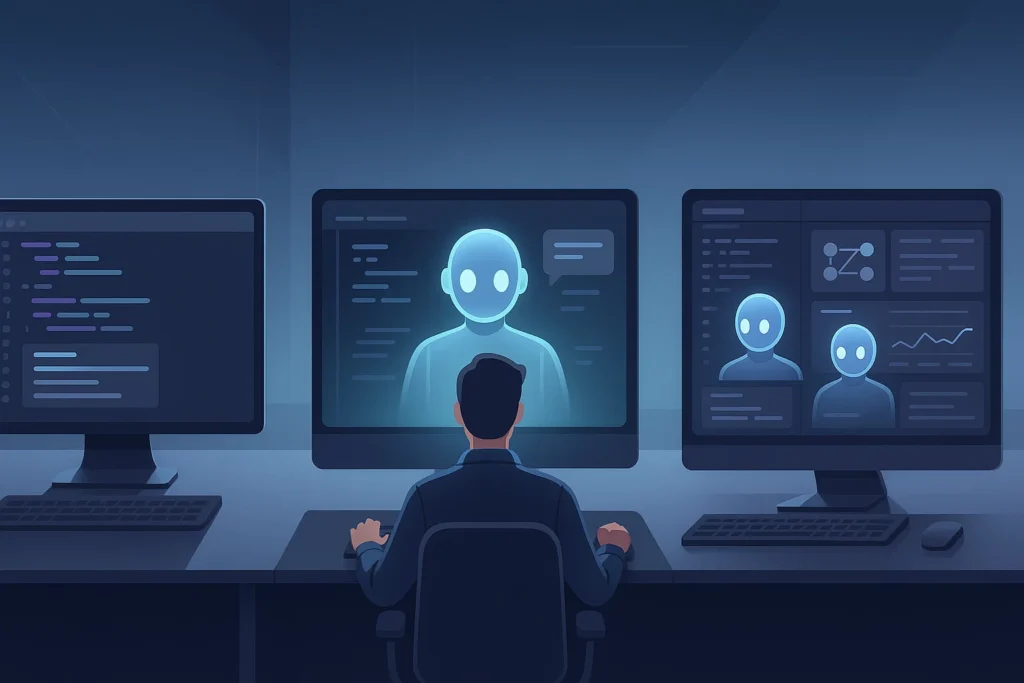Windows Blue Screen of Death has been a symbol of system failure for nearly 40 years. Introduced with early versions of Microsoft Windows, the BSOD would suddenly appear whenever the system encountered a fatal error, typically caused by faulty hardware, incompatible drivers, or corrupted software. Now, Microsoft is finally retiring this iconic screen in favor of a redesigned version known as the Blue Screen of Death in Windows 11.
This change marks the end of an era for Windows users. For decades, the blue screen struck fear and frustration into the hearts of users and IT professionals alike. The infamous screen, complete with a frowning face, white text, and a QR code, would interrupt workflows and often require a reboot to get things working again. But Microsoft says it’s time to evolve.
Why Is Microsoft Changing the BIOS?
Microsoft announced earlier this year that it would update the BIOS to improve clarity and troubleshooting. Now, with confirmation from the company, we know that the change is more than just cosmetic. The traditional blue is being replaced with a simplified black design, aimed at making error information easier to read and more useful.
“This is really an attempt on clarity and providing better information and allowing us and customers to really get to what the core of the issue is so we can fix it faster,” said David Weston, Microsoft’s Vice President of Enterprise and OS Security, in an interview with The Verge.
The new screen closely resembles the black update screen already familiar to Windows 11 users. However, it now includes detailed error codes and the name of the faulty driver or system component causing the issue. This removes the need for IT admins to download crash dumps or use advanced debugging tools just to identify the root of the problem.
What’s New in the Black Screen of Death?
The updated BSOD in Windows 11 removes the frowning face emoji and the QR code that previously linked to Microsoft’s support site. Instead, it focuses on delivering clear, concise information that helps with rapid diagnosis.
Key changes include:
-
A blue background instead of blue.
-
Display of stop error codes in a readable format.
-
Listing of the failing system driver or component.
-
No QR code or emoji, reducing visual clutter.
These updates are intended to help both end users and enterprise IT teams diagnose and fix problems faster and more efficiently.
Quick Machine Recovery: Another Major Update
Alongside the new BSOD, Microsoft is also launching a feature called Quick Machine Recovery. This tool is designed to restore Windows systems that can’t boot properly after an error or crash. It’s part of a larger initiative by Microsoft to improve the resilience of the Windows platform, especially after the massive CrowdStrike outage in 2024, which left millions of systems stuck in a crash loop.
Quick Machine Recovery will allow PCs to recover without needing deep technical intervention, saving valuable time for IT departments and individual users alike.
The Reason Behind This Modernization
Microsoft’s shift from blue to black is more than just a visual update. It reflects the company’s evolving approach to system management and support. In a world where security breaches, software failures, and hardware incompatibilities are becoming more complex, providing users with immediate and understandable information is critical.
This new BSOD is a step toward transparency and better communication during critical system events. It also helps differentiate between Windows-level issues and third-party software or hardware failures, which can reduce blame and streamline solutions.
When Will the Black Screen of Death Be Released?
Microsoft plans to roll out the new BSOD design in a Windows 11 update later this summer. It will be released alongside the Quick Machine Recovery tool and other under-the-hood improvements to system diagnostics and error recovery.
For users, this means less guesswork and faster solutions. For system administrators and IT pros, it means more time saved on analyzing logs and running manual diagnostics.
The retirement of the Blue Screen of Death marks a historic shift in how Windows handles system errors. With the Black Screen of Death, Microsoft is aiming for simplicity, speed, and clarity. Combined with Quick Machine Recovery, this change is a clear signal that Microsoft wants to make Windows 11 more resilient and user-friendly in the face of critical errors.
After nearly four decades, it’s goodbye to blue — and hello to black.
;Apple Just Released the iOS 18.5 Developer Beta: Here’s What You Need to Know





